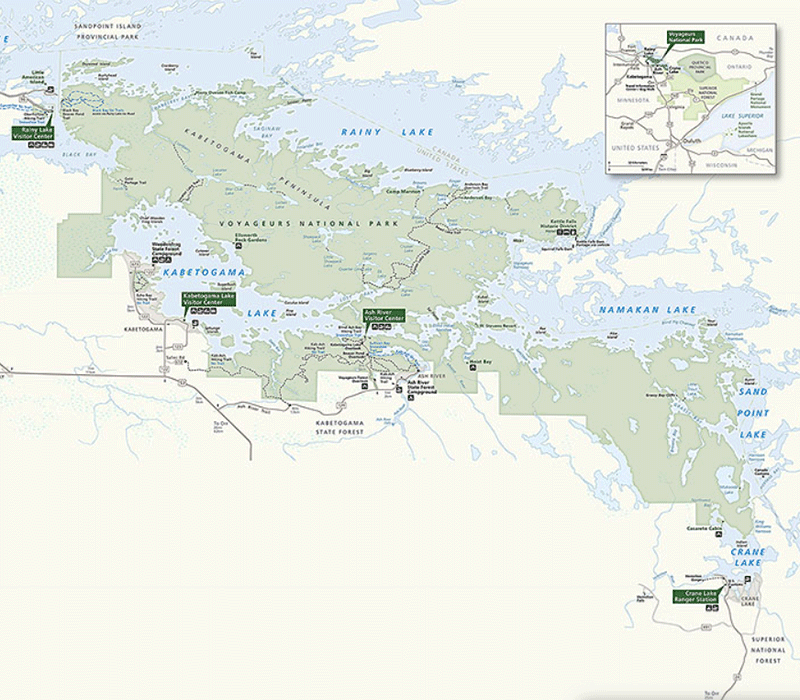
USGS Investigators: Victoria Christensen
NPS Investigators: Ryan Maki
| 2021 |
|---|
| $50,000 |
Several dog and cattle deaths in the region indicate that the potent neurotoxin, anatoxin-a, is a concern in pre-dawn hours and on cloudy days. In addition, the only suspected human anatoxin-a death occurred following an after-dark swim. However, most sampling is completed midday. We propose to sample neurotoxins and other cyanotoxins over 24-hour periods, along with photosynthetically active radiation to assess the relation between sunlight and these potent toxins, so that resource managers can make more informed decisions about recreational water use.
Since neurotoxins have proven to be extremely toxic and their production and release from cyanobacteria may have a diurnal component, we propose to study the diel variation of multiple cyanotoxins at one recurring bloom site in VOYA to better estimate the risk of exposure to park visitors.
Specific objectives of this study are to:
